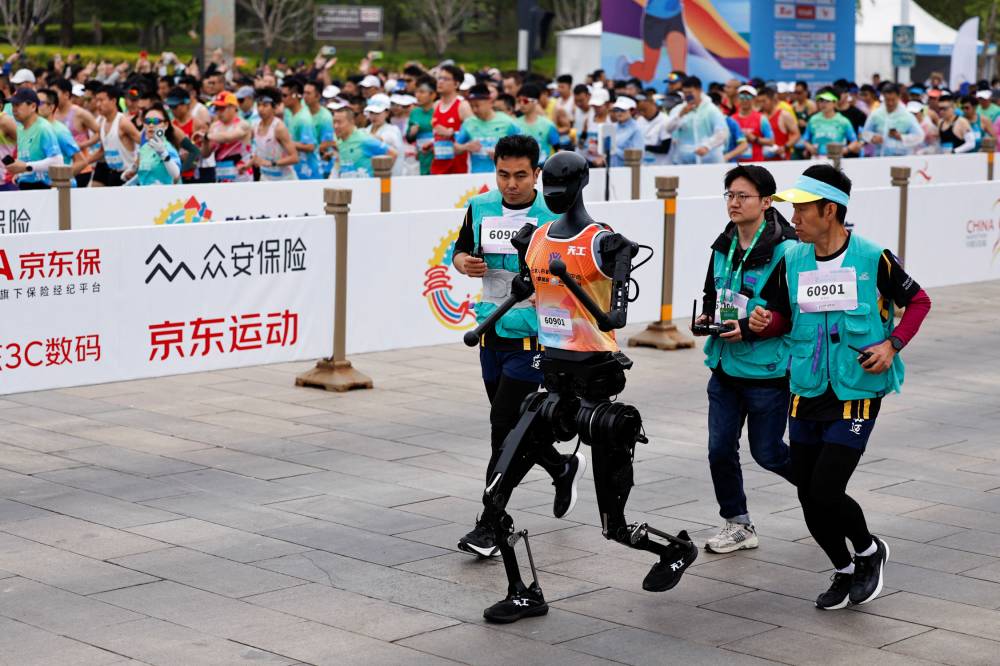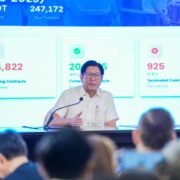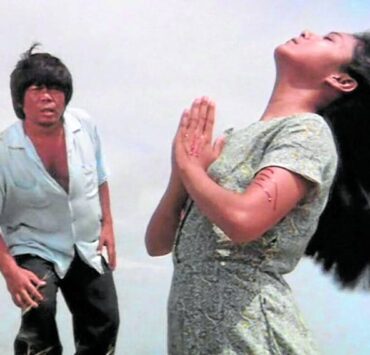China half-marathon: robots vs humans

BEIJING—Twenty-one humanoid robots joined thousands of runners at the Yizhuang half-marathon in Beijing on Saturday, the first time these machines have raced alongside humans over a 21-kilometer (13-mile) course.
The robots from Chinese manufacturers such as DroidVP and Noetix Robotics came in all shapes and sizes, some shorter than 120 centimeters (3.9 feet), others as tall as 1.8 meters (5.9 feet). One company boasted that its robot looked almost human, with feminine features and the ability to wink and smile.
Some firms tested their robots for weeks before the race. Beijing officials have described the event as more akin to a race car competition, given the need for engineering and navigation teams.
Nonhuman winner
“The robots are running very well, very stable … I feel I’m witnessing the evolution of robots and AI,” said spectator He Sishu, who works in artificial intelligence, or AI.
The robots were accompanied by human trainers, some of whom had to physically support the machines during the race.
A few of the robots wore running shoes, with one donning boxing gloves and another wearing a red headband with the words “Bound to Win” in Chinese.
The winning robot was Tiangong Ultra, from the Beijing Innovation Center of Human Robotics, with a time of 2 hours and 40 minutes. The men’s winner of the race had a time of 1 hour and 2 minutes.
The center is 43-percent owned by two state-owned enterprises, while tech giant Xiaomi’s robotics arm and leading Chinese humanoid robot firm UBTech have an equal share in the rest.
Tang Jian, chief technology officer for the robotics center, said Tiangong Ultra’s performance was aided by long legs and an algorithm allowing it to imitate how humans run a marathon.
Some struggle
“I don’t want to boast but I think no other robotics firms in the West have matched Tiangong’s sporting achievements,” Tang said, adding that the robot switched batteries just three times during the race.
Some robots, like Tiangong Ultra, completed the race, while others struggled from the beginning. One robot fell at the starting line and lay flat for a few minutes before getting up and taking off. One crashed into a railing after running a few meters, causing its human operator to fall over.
Although humanoid robots have made appearances at marathons in China over the past year, this is the first time they have raced alongside humans.
China is hoping that investment in frontier industries like robotics can help create new engines of economic growth.
Some analysts, though, question whether having robots enter marathons is a reliable indicator of their industrial potential.
Reuters, the news and media division of Thomson Reuters, is the world’s largest multimedia news provider, reaching billions of people worldwide every day. Reuters provides business, financial, national and international news to professionals via desktop terminals, the world's media organizations, industry events and directly to consumers.

















